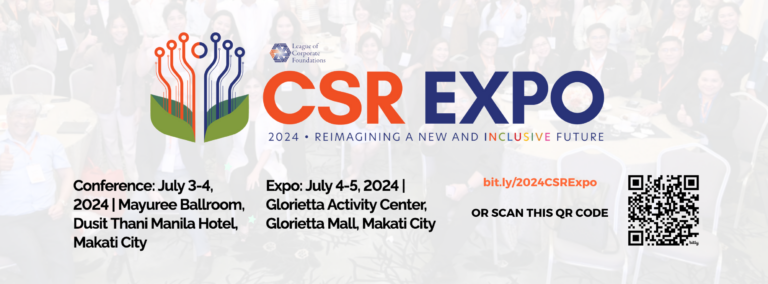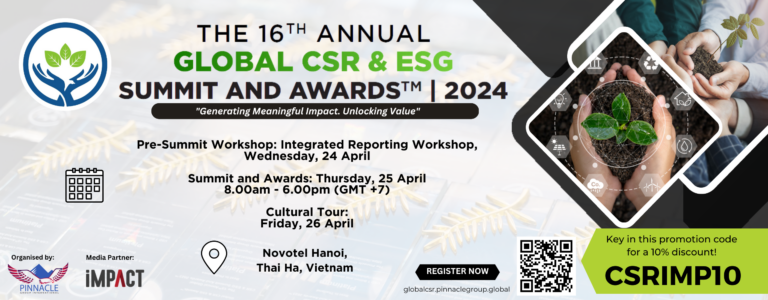Design Thinking for Nonprofits: Fostering Creativity and Innovation
Introduction
All organizations face their own kind of problems. For nonprofits, such problems include fundraising, identifying the needs of the beneficiaries, creating sustainable solutions, etc. There are different methods organizations can use to address these problems, a recent favorite being design thinking. Originally rooted in the business world, design thinking offers a fresh approach to problem-solving, promoting creativity and innovation.
What is Design Thinking?
In order to understand how design thinking can help, it is important to first understand what it is. Design thinking is a systematic process that encourages organizations to deeply understand the needs and experiences of the people they serve. By adopting a design thinking mindset, nonprofits can uncover insights, generate innovative ideas, and prototype solutions that truly address the challenges faced by their beneficiaries. Unlike traditional problem-solving methods, like SWOT, PEST etc. (which are equally useful), design thinking encourages organizations to embrace ambiguity, take risks, and learn from failures, leading to more effective and sustainable solutions.
Step 1: Developing empathy and identifying problems
The first and most crucial step in design thinking is developing empathy for the individuals or communities your nonprofit aims to support. This involves actively listening to their stories, understanding their unique perspectives, and identifying their unmet needs and problems that you can help with. By immersing yourself in their world, you gain a deeper understanding of the challenges they face, enabling you to design solutions that are truly impactful and meaningful. Empathy is the bedrock upon which the entire design thinking process is built. It helps to ensure that nonprofits create solutions that resonate with their target audience in the truest sense. This part is easy for nonprofits- considering that most, if not all such organizations are built on this foundation.
Step 2: Brainstorming
Once a thorough understanding of your audience is established, the next step in design thinking is collaboration among diverse stakeholders. Nonprofits can bring together staff, volunteers, and other relevant individuals to participate in ideation sessions. By utilizing the collective intelligence and diverse perspectives of these stakeholders, new and innovative ideas can be generated. These brainstorming sessions foster an environment where all voices are heard and valued, enabling the exploration of unconventional approaches. Moreover, with a diverse group of people as solution-makers, every possible aspect is bound to be covered which will leave you with the best possible solution.
Step 3: Prototyping and Testing
Design thinking focuses on the idea of rapid prototyping as a means to bring ideas to life quickly. Prototypes are low-cost representations of the proposed solution that can be tested and then further refined. By testing prototypes and gathering feedback from the intended audience, nonprofits can gather valuable insights to better any further iterations and eventually, the solution. This iterative process allows organizations to refine and enhance their solutions based on real-world feedback, reducing the risk of investing time and resources into ineffective approaches. Prototyping and iteration enable nonprofits to be more agile, responsive, and adaptive in addressing the complex challenges they face.
Conclusion
Design thinking offers a valuable framework for nonprofits to cultivate creativity and innovation in their quest for social impact. By embracing empathy, collaboration, and experimentation, organizations can design solutions that truly meet the needs of the communities they serve. Design thinking not only enhances problem-solving but also promotes a culture of continuous learning and adaptation within nonprofits. It empowers organizations to step out of conventionality, and evolve their approaches based on real-world feedback. By using the power of design thinking, nonprofits can unleash their creative potential, drive innovation, and ultimately make a lasting difference in the lives of those they aim to support.
Published on January 8, 2024.
Stay tuned for new blogs every Monday!
Follow the iMPACT Magazine on social media for more informative content.
About
Avya Sood is a 19 year old student of Economics and Psychology from Punjab, India. You can reach out to her at [email protected]






